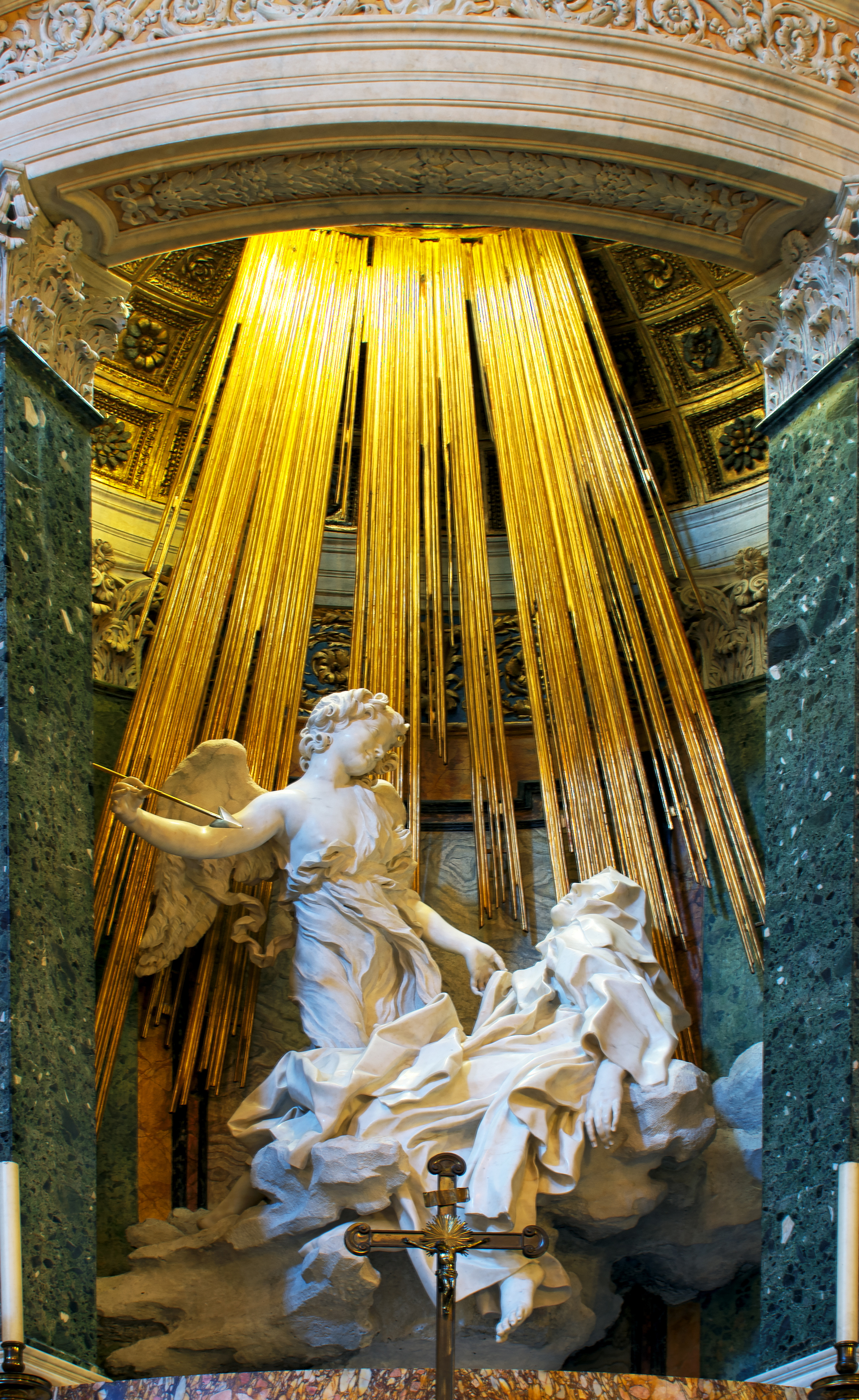Sharii Liang
AP European History 🇪🇺
335 resourcesSee Units
Remains of the Renaissance
Even as the Renaissance died down, its influence still lingered about. The works of Michelangelo and Donatello inspired a new generation of artists to follow in their footsteps but also make their work distinct. 🎨 Their new style would be called mannerism.
Mannerism seems similar to High Renaissance art, but it has its differences. Both art styles are focused on realism and color with mannerism being a little more dramatic. Human figures are elongated, or stretched, and the art is usually from a different perspective with darker colors and shadows.
Baroque
Mannerism was replaced with baroque art when the Catholic (or Counter) Reformation came about. It was meant to inspire pious behavior in ordinary people. 😇 Often times, the Church, and other various governments, commissioned art as a display of wealth and power.
The most common characteristics of baroque art are the dramatic use of light and dark, typically religious topics, extravagance, and exaggerated colors or drama.
🎥 Watch: AP European History - Baroque Art
🔽 🔽 The Ecstasy of St. Theresa is one of the most well known baroque works of art.

Browse Study Guides By Unit
🎨Unit 1 – Renaissance & Exploration
⛪️Unit 2 – Reformation
👑Unit 3 – Absolutism & Constitutionalism
🤔Unit 4 – Scientific, Philosophical, & Political Developments
🥖Unit 5 – Conflict, Crisis, & Reaction in the Late 18th Century
🚂Unit 6 – Industrialization & Its Effects
✊Unit 7 – 19th Century Perspectives & Political Developments
💣Unit 8 – 20th Century Global Conflicts
🥶Unit 9 – Cold War & Contemporary Europe
🚀Thematic Guides
📝Long Essay Questions (LEQ)
📆Big Reviews: Finals & Exam Prep

Fiveable
Resources
© 2023 Fiveable Inc. All rights reserved.